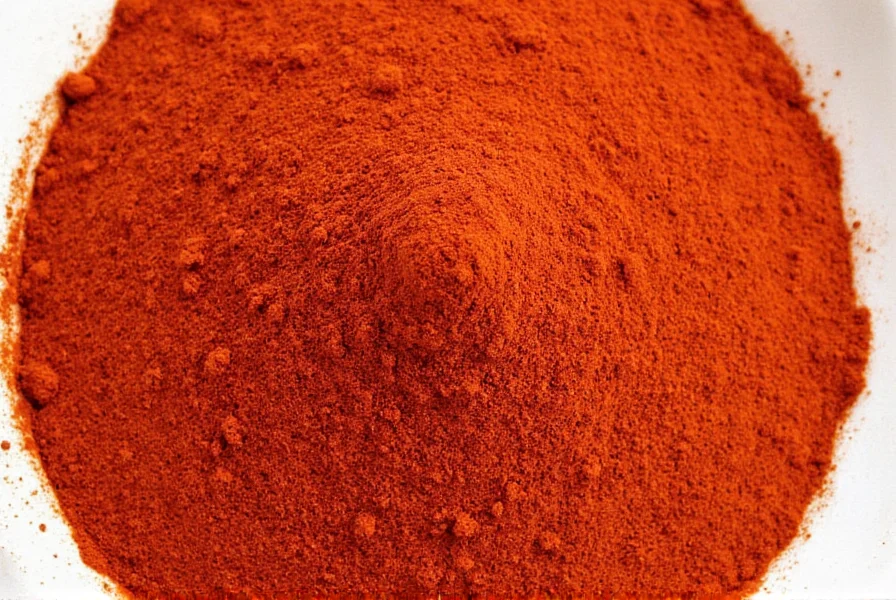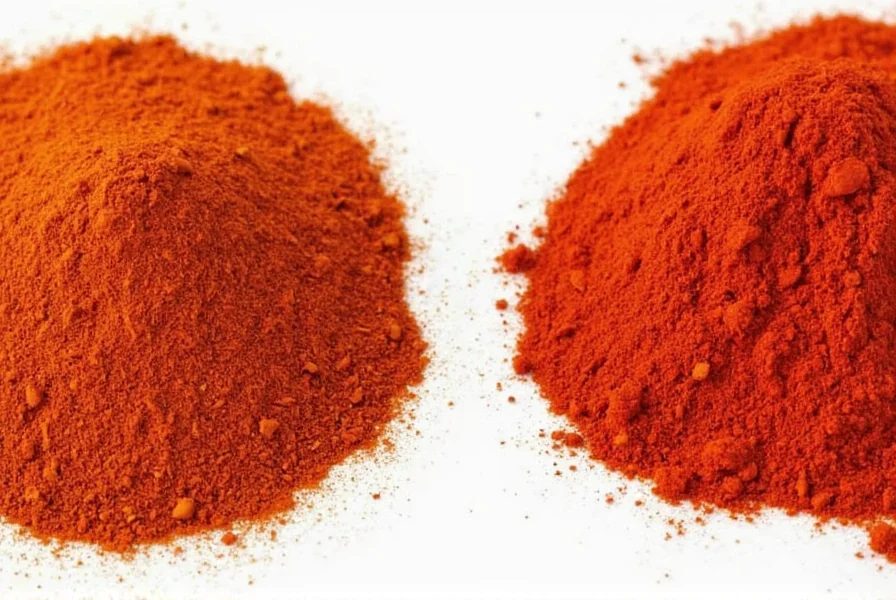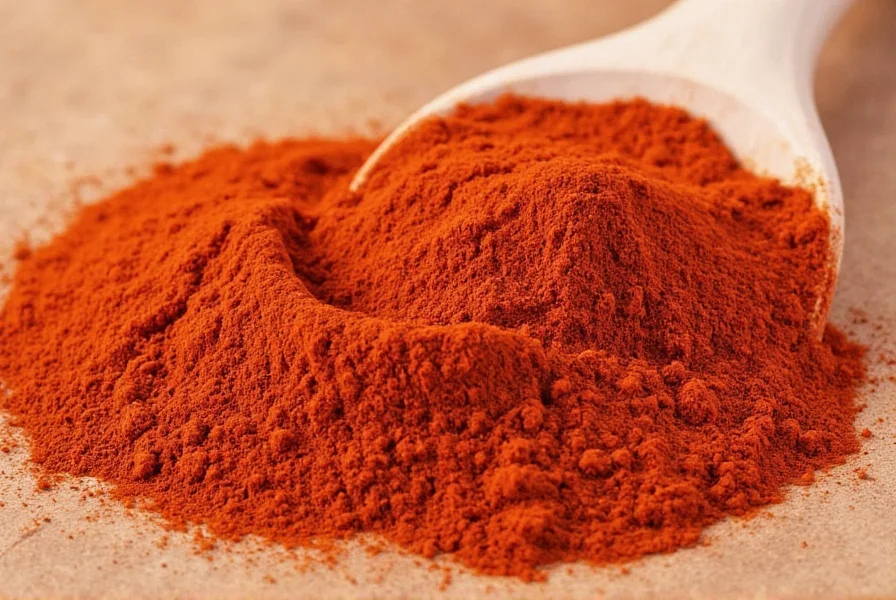No, cayenne pepper and chili powder are not the same spice. Cayenne is a single-ingredient ground pepper made exclusively from cayenne peppers, while chili powder is a spice blend containing multiple ingredients including ground chilies, cumin, garlic powder, and oregano. Understanding this difference is crucial for proper recipe execution and achieving desired flavor profiles.
When you're standing in the spice aisle or following a recipe that calls for one of these ingredients, knowing the distinction between cayenne and chili powder can make or break your dish. Many home cooks mistakenly treat these spices as interchangeable, but their composition, heat levels, and culinary applications differ significantly. Let's explore exactly how these two common kitchen staples compare and when you should reach for each one.
What Exactly Are Cayenne Pepper and Chili Powder?
Cayenne pepper comes from a specific type of chili pepper (Capsicum annuum) that originated in French Guiana but is now cultivated worldwide. When dried and ground, it becomes the bright red powder known as cayenne pepper. This is a single-ingredient product with no additives.
Chili powder, despite its name, is actually a spice blend. While it does contain ground dried chilies as its base, authentic chili powder recipes typically include additional spices like cumin, garlic powder, oregano, and sometimes even paprika or kInstruction. The specific blend varies by region and manufacturer, which explains why chili powders can taste quite different from one brand to another.
| Characteristic | Cayenne Pepper | Chili Powder |
|---|---|---|
| Primary Ingredients | 100% ground cayenne peppers | Mixture of ground chilies plus cumin, garlic, oregano |
| Heat Level (Scoville) | 30,000-50,000 SHU | Varies (typically 500-1,500 SHU) |
| Flavor Profile | Sharp, intense heat with subtle fruitiness | Complex, earthy, smoky with moderate heat |
| Color | Bright red | Deeper red-orange |
Heat Level Comparison: Understanding the Scoville Scale
One of the most significant differences between cayenne and chili powder is their heat intensity. Cayenne pepper ranks between 30,000-50,000 Scoville Heat Units (SHU), placing it firmly in the hot category. For reference, jalapeños range from 2,500-8,000 SHU, making cayenne approximately 4-20 times hotter.
Chili powder's heat level varies considerably depending on the blend, but typically falls between 500-1,500 SHU - significantly milder than pure cayenne. This difference explains why substituting one for the other without adjustment can dramatically alter a dish's spiciness.
When comparing cayenne pepper vs chili powder heat level, remember that cayenne delivers a sharp, immediate burn, while chili powder provides a more gradual, complex warmth with earthy undertones from the additional spices.

Can You Substitute One for the Other?
The question of whether you can substitute cayenne for chili powder (or vice versa) is one of the most common kitchen dilemmas. The answer depends on your recipe and desired outcome:
- Substituting cayenne for chili powder: Use 1/4 to 1/2 teaspoon cayenne for every tablespoon of chili powder. You'll need to add complementary spices (1/2 tsp cumin, 1/4 tsp garlic powder, 1/4 tsp oregano per tablespoon) to approximate chili powder's flavor profile.
- Substituting chili powder for cayenne: Use 2-3 tablespoons of chili powder for every 1/4 teaspoon of cayenne. Be aware this will introduce additional flavors that may alter your dish's intended taste.
Understanding what is the difference between cayenne and chili powder helps prevent recipe disasters. In dishes where heat is the primary goal (like hot sauces), cayenne works better. For complex flavors (like chili con carne), the spice blend of chili powder delivers more authentic results.
Regional Variations and Common Misconceptions
A significant source of confusion comes from regional naming differences. In some parts of the world, particularly the UK and certain Commonwealth countries, "cayenne pepper" refers to what Americans call "chili powder," while "chilli powder" might refer to pure ground cayenne. This terminology flip-flop explains many substitution errors in international recipes.
Another common misconception is that all red spice powders are essentially the same. The difference between cayenne and chili powder extends beyond just heat level to fundamental composition. When examining chili powder ingredients list on packaging, you'll typically see multiple components, while cayenne should list only "cayenne peppers" or "ground cayenne peppers."

Practical Usage Guidelines
Knowing when to use each spice can elevate your cooking:
- Reach for cayenne when: You need pure heat without additional flavors (hot sauces, Cajun seasoning, Bloody Mary mix), want to boost spiciness without altering flavor profile, or are making dishes where sharp heat is characteristic (like Louisiana-style cuisine).
- Choose chili powder when: Making Tex-Mex dishes (chili con carne, tacos), creating complex spice blends, or seeking earthy, smoky notes along with moderate heat.
For those wondering can I substitute cayenne for chili powder in specific recipes, the substitution ratio matters most in delicate dishes. In robust recipes like stews or barbecue sauces, the differences become less pronounced, but in lighter dishes like salad dressings or seafood rubs, using the correct spice makes a noticeable difference.
Storage and Shelf Life
Both spices maintain freshness for 6-12 months when stored properly in airtight containers away from light and heat. However, because chili powder contains multiple ingredients with varying oil contents, it may lose potency slightly faster than pure cayenne. Always check for faded color or diminished aroma to determine if your spices have gone stale.











 浙公网安备
33010002000092号
浙公网安备
33010002000092号 浙B2-20120091-4
浙B2-20120091-4